List of author's articles

Army of Great Britain - ground units

British vehicle markings - Part 1

British vehicle markings - Part 2

British vehicle markings - Part 3

Centurion Mk 1
In May 1944, british firm AEC completed project for a new heavy tank, which had to respond to the demands of a high-mobility, high-quality armor protection and greater firepower.
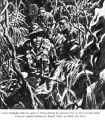
Commando from the cannibal islands
When the conflagration of World War II also affected the Pacific region, it seemed highly unlikely that the indigenous tribes of the remote Fiji archipelago would join the Allied effort to clear the occupied islands of the Japanese.
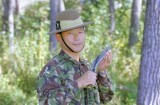
Gurkhas - Part I.

Heavy Tank TOG II
At the time of the onset of new technologies, applied in the development of medium and heavy tanks in the world, originated in the Uk project, created by a group of designers of the tanks of the World War 1.

Indian Rebellion in 1857

Indian Rebellion in 1857

Indian Rebellion in 1857

Indian Rebellion in 1857

Indian Rebellion in 1857

Indian Rebellion in 1857

Indian Rebellion in 1857
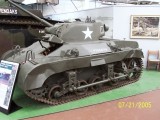
M22 Locust
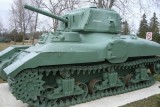
Ram II
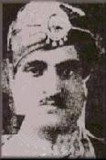
The India-Pakistan war over Kashmir
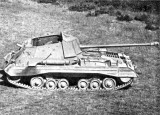
Valentine Archer
The self-propelled cannon called Archer was initially taken by its crews with considerable contempt, however, the unusual design proved its advantages in combat deployment in Western Europe.

Victoria Cross, Part 1

Victoria Cross, Part 2
Join us
We believe that there are people with different interests and experiences who could contribute their knowledge and ideas. If you love military history and have experience in historical research, writing articles, editing text, moderating, creating images, graphics or videos, or simply have a desire to contribute to our unique system, you can join us and help us create content that will be interesting and beneficial to other readers.
Find out more